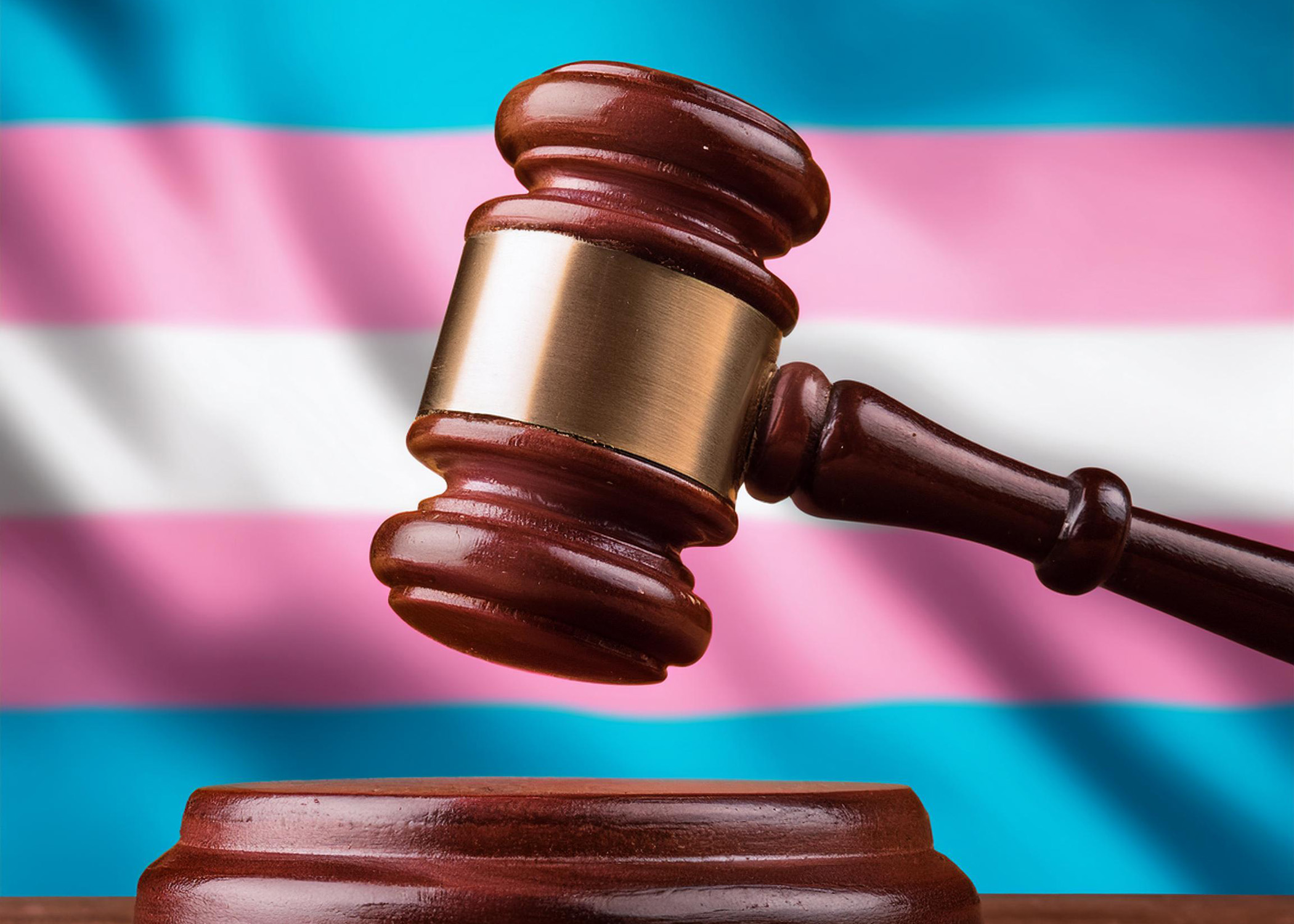Schooling Fairfax in Nondiscrimination
Other school boards have adopted policies recently approved in Fairfax, without the catastrophes many predict

Apparently no one in Fairfax County has heard of the telephone. Or the Internet.
Amid outcry from concerned parents and community members over the addition of gender identity to Fairfax County Public Schools’ (FCPS) nondiscrimination policy, no one bothered to look next door at Alexandria City Public Schools, which adopted a similar policy in 2013-2014. Or across the Potomac at Montgomery County, which has had a countywide nondiscrimination law in place since 2007. Or at the nearby District of Columbia, whose law, covering all government agencies, including D.C. Public Schools, was amended to include both gender identity and expression a decade ago.
“Fairfax is not breaking unbroken ground,” says Nathan Smith, policy director for the Gay, Lesbian and Straight Education Network (GLSEN). “Our research shows that not having a policy in place leads to worse outcomes, such as higher depression, lower self-esteem, a decreased sense of school spirit, decreased academic performance and increased absenteeism among LGBT students.”
At a recent FCPS School Board meeting, member Patricia Reed outlined several questions that the audience, as well as some administrators and teachers, had about what the revision would mean in terms of logistics.
Among other things, Reed questioned why the words “gender identity” had to be added if FCPS already practices nondiscrimination towards gender nonconforming students. She also questioned what the current policy was on bathroom and changing room facilities, and how it might change if gender identity was added.
But representatives from other local school systems are puzzled by the hullabaloo raised in Fairfax.
“Clearly, we’ve had transgender and gender nonconforming students in our system,” says Lori-Christina Webb, executive director in the Office of the Chief Academic Officer for Montgomery County Public Schools (MCPS). “Our schools have dealt with issues as they arise. We work with students and families to respect the gender asserted, and find solutions that are comfortable.”
Such solutions are based on a student’s personal preference, which may include using a private or single-stall bathroom, or just using the bathroom assigned to their asserted gender.
Additional protections for transgender and gender nonconforming students certainly aren’t dooming the Alexandria City Public Schools (ACPS).
“We had absolutely no opposition at all” to implementing the policy last school year, says Dr. Margaret Walsh, Chief Student Services Officer for ACPS. “But I also believe that it’s because the city and schools have been at the forefront of these issues for many years.”
As for dealing with issues surrounding gender identity, “the rule is we accommodate what they need,” says Walsh, noting that any arrangements are personalized to each individual. “Our climate is that we respect and accommodate everyone.”
Diana Bruce, Director of Health and Wellness at D.C. Public Schools, says that D.C.’s nondiscrimination policies, which are similar to those in Alexandria and Montgomery, reflect the intention of the 2005 amendment to the D.C. Human Rights Act, which added protections for gender identity.
“We’ve made it clear that discrimination is not tolerated when it comes to equal employment,” she says.
Bruce also notes that the District has adopted and posted to its website a new policy guidance for teachers and administrators that outlines best practices for dealing with issues involving transgender and gender nonconforming students or staff. The guidance is 38 pages in length and articulates how to deal with issues of proper language surrounding gender identity, name changes, bathroom use, daily dress code, attire for prom, graduation and other ceremonies, and interscholastic activities. The District borrowed its policies from other school districts that had gender identity-inclusive policies.
Why should districts like Fairfax update their policies to include the words “gender identity” even though gender nonconforming students are already a protected class under the federal government’s Title IX? Bruce says the purpose is “to bring the school system in line with federal guidance, and to reflect current law” in order to avoid any ambiguity that might result if certain groups are not enumerated.
“You want to make it as clear as possible to parents and teachers,” she says. “Just spell it out. It’s just easier to adhere to the policy if it’s clear and straightforward.”
Webb, Walsh and Bruce all characterized other concerns raised at Fairfax’s meeting as either untrue, not grounded in reality, or downright offensive.
Some parents and activists at Fairfax’s last school board meeting alleged that gender identity-inclusive policies are racist and hurt black and Latino students because they are socially conservative and will be too distracted to perform well.
“That’s ridiculous,” says Bruce, speaking for a system where 84 percent of students are black or Latino. “Many of our gender nonconforming and transgender students and teachers are black and Latino themselves.”
What about the idea that such policies hurt enrollment as terrified parents pull their children from public school?
“In DCPS, our enrollment has only grown,” says Bruce. Similarly, Webb notes that Montgomery County has increased enrollment in recent years. In Alexandria, enrollment is skyrocketing. “We’re building classrooms as fast as we can,” Walsh says.
As for the cost of implementing the policy, all three note that it did not substantially burden the school district. Webb notes that some Montgomery County schools did have some of their bathrooms modernized, but it did not result in a “major expense” for the school system or taxpayers. Overall, the idea that gender identity will force other school districts to spend massive amounts of their budget on school improvements at the expense of education has just not come to fruition in all three jurisdictions.
It is the official position of all three school systems that their schools are better off for having a trans-inclusive policy.
“The bigger liability is not having the policy,” says D.C.’s Bruce.
“We are absolutely better off for having those policies in place, because we honor each person,” adds Alexandria’s Walsh. “I think it’s important for other communities [considering similar policies] to understand that we as educators say we’re committed to every person, student or employee, we have to mean it.”
Support Metro Weekly’s Journalism
These are challenging times for news organizations. And yet it’s crucial we stay active and provide vital resources and information to both our local readers and the world. So won’t you please take a moment and consider supporting Metro Weekly with a membership? For as little as $5 a month, you can help ensure Metro Weekly magazine and MetroWeekly.com remain free, viable resources as we provide the best, most diverse, culturally-resonant LGBTQ coverage in both the D.C. region and around the world. Memberships come with exclusive perks and discounts, your own personal digital delivery of each week’s magazine (and an archive), access to our Member's Lounge when it launches this fall, and exclusive members-only items like Metro Weekly Membership Mugs and Tote Bags! Check out all our membership levels here and please join us today!
























You must be logged in to post a comment.